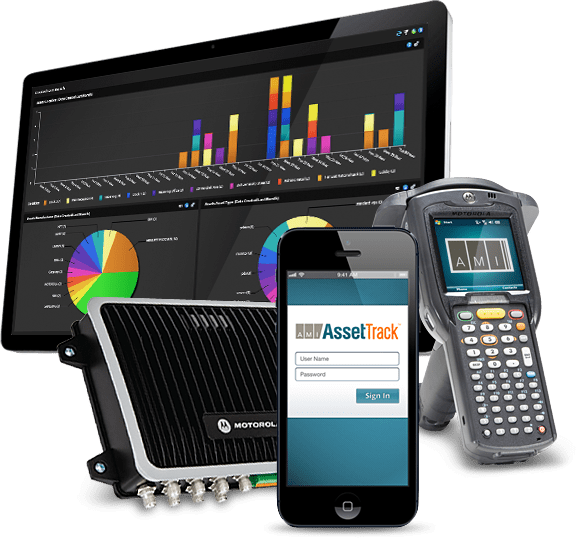
As lamentable as it may be, most companies relegate ITAM to the “nice to have someday” category. A vitamin, not a pain killer.
Unfortunately, that “someday” is usually hastened along by an audit that reveals a big problem that will require lots of cash or other resources to fix. Then, ITAM is put into the “let’s get that so we don’t have to experience this fiasco again” category.
As I written before, (see my blog post “Don’t Wait Until Your Tooth Hurts to Implement ITAM”) buying ITAM while in crisis mode can cost ten times as much as putting it in place before the crisis hits. So don’t do that.
Still, I remain realistic and understand that even the most forward-thinking companies need to feel some “pain” with IT asset management issue before they actively pursue a solution.
The most important thing you can do before buying an ITAM solution is to clearly identify and list those specific areas of inventory control that are causing problems. That way, you can show vendors (like me) “where it hurts” and ask the vendor how (or if) their system can make the problems go away. Otherwise, you can end up with an “ITAM Tool” you expected to solve your problems but doesn’t. Much better to first define the problem, then find the solution.
…they fail their internal audit when they discovered
their database was roughly 20% accurate
A large financial institution customer we worked with implemented HP Asset Manager six years ago. The problem was they implemented the tool hoping the tool would magically “do ITAM” for them. They intended to change their processes to what came out of the box with the tool.
Problem is, they didn’t define their goals, such as reducing maintenance contracts, maintaining “book to floor” alignment and achieving accounting’s “three-way match.” Since they didn’t have their goals defined, they didn’t know what data to collect and how to report on it. They thought it would be good to manage assets but had no real definition of success.
So, six years later they fail their internal audit when they discovered their database was roughly 20% accurate. We figure a few million dollars was blown over the six years on software licenses, maintenance, customization and support, with no demonstrable value to the organization.
It’s not that hard to get value out of ITAM. Just pick the low hanging fruit goals, focus on those, and develop a solution to tackle one problem. Build from there. You don’t need to go six years only to find out you’ve been wandering aimlessly.
Questions? Give us a call and we’re happy to help.

Tom Watson is AMI’s President and CEO. He began his career in high tech in 1996, as a software engineer for his own software company. After a subsequent stint at IT Asset Management firm Micropath as senior architect for that company’s asset tracking system, he founded AMI to develop hardware asset tracking technology solutions for enterprise IT Asset Management customers.


